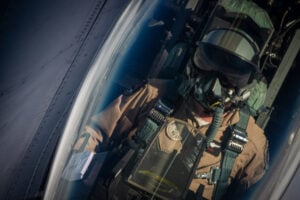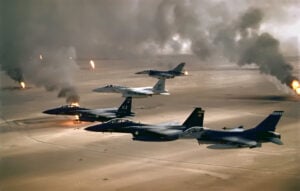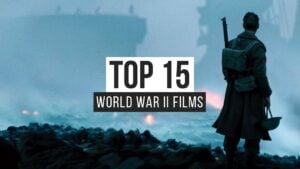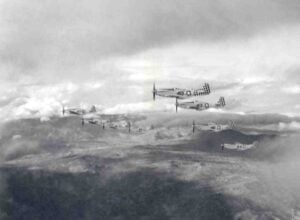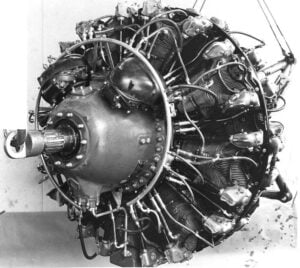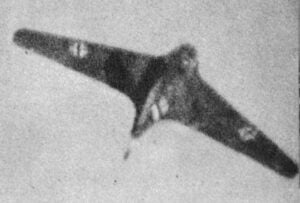Shocking Sight of the Largest Plane to Ever Land on an Aircraft Carrier
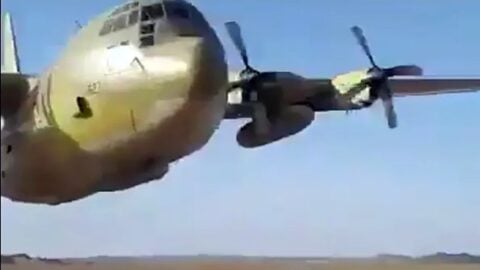
YouTube / Dark Skies
When the Navy ordered tests to see if a C-130 Hercules could land and take off from an aircraft carrier, engineers at the Naval Air Test Center thought it was a joke. With a 132-foot wingspan, few believed the massive plane could operate from a flight deck just 1,017 feet long and 250 feet wide.
However, as U.S. carriers were deployed to more remote areas, the Navy needed a larger transport aircraft than the limited-range, low-capacity C-1 Trader. To explore the idea, a team of skeptical pilots and engineers was tasked with landing the giant C-130 on the USS Forrestal. If the aircraft couldn’t take off again, a crane was readied to toss it overboard.
The Hercules
The massive C-130 Hercules was first used by the Navy in 1960 when four of these aircraft were in Antarctic missions. Soon after, the Marine Corps added 46 more Hercules planes for transport and to use as aerial tankers that could refuel fighter jets and attack planes.
It was developed after the US Air Force Tactical Air Command sent requirements for Lockheed to develop a combat transport aircraft with turboprop engines. The aircraft flew for the US Air Force in August 1954 and the Navy in January 1960. The Lockheed KC-130F version of the Hercules entered service for the Navy in the Pacific in February 1962 and was particularly handy for its ability to refuel aircraft. About a year after the Marines received Hercules planes, it was sent to assist F4 and A4 fighters in Vietnam. Still, the USAF wondered whether the Hercules could be deployed from water instead of land to facilitate long-range cross-continental missions.
The Plan
The C-2 Greyhound is one of the biggest transport aircraft designed for carrier operations. Before it entered service, however, the military wanted to know whether the C-130 Hercules could be used for logistic support by taking off and landing on a carrier.
The theory behind the novel test was named Super Carrier Onboard Delivery or COD. The concept was made after the realization that aircraft carriers should be resupplied with urgently needed fuel and tools without having to return to port. Apart from having a greater range and payload capacity, the Hercules is a stable and reliable aircraft. It could replenish carriers in the middle of the sea and resolve a number of their concerns.
Breaking Records
Lt. James H. Flatlet III made history by landing the Hercules transport plane on the deck of the USS Forrestal in 1963, The test broke the record using the Hercules as the largest onboard aircraft to successfully land and take off from an aircraft carrier.
The only modifications Lockheed made to the original C-130 were giving it a smaller nose landing gear hole and an upgraded anti-skid braking system. The underwing refueling pods were also removed. In total, the team made 21 full-stop landings and 21 touch-and-go landings during four distinct trips. The Hercules that was used was an in-service Marine Corps KC-130F tanker.















